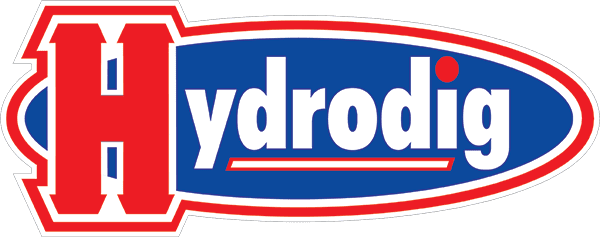The practice of daylighting, also known as potholing, originated as a solution to address the growing concern of accidental damage to underground utilities during excavation activities. Before daylighting became a standard practice, traditional digging methods, such as using mechanical equipment or hand tools, often led to incidents of utility strikes. That resulted in service disruptions, costly repairs, and substantial safety hazards.
The concept of daylighting Denver area involves the use of non-destructive excavation methods, such as hydro excavation or air excavation, to carefully expose and verify the location of underground utilities before any further excavation takes place. Hydro excavation was introduced as an alternative to traditional digging methods, and its non-destructive nature quickly made it rise as an attractive option for utility exposure.
As technology advanced, so did the equipment used in hydro excavation. More powerful and precise hydrovac trucks were developed, allowing for even more accurate and controlled excavation around utilities. The benefits of daylighting, such as improved safety, reduced utility damage, and faster project completion, were slowly being recognized by construction companies, utility providers and regulatory agencies. It became evident that this approach was not only more responsible but also more cost-effective in the long run.
Over time, industry organizations and associations began promoting daylighting as a best practice in excavation. Guidelines and standards were developed to encourage the use of hydro excavation or air excavation for utility exposure and verification.
Today, daylighting has become a standard practice in responsible digging and ensuring the protection of underground utilities. It has also completely transformed the excavation industry by significantly reducing utility strikes, enhancing worker safety, and preventing service disruptions.
